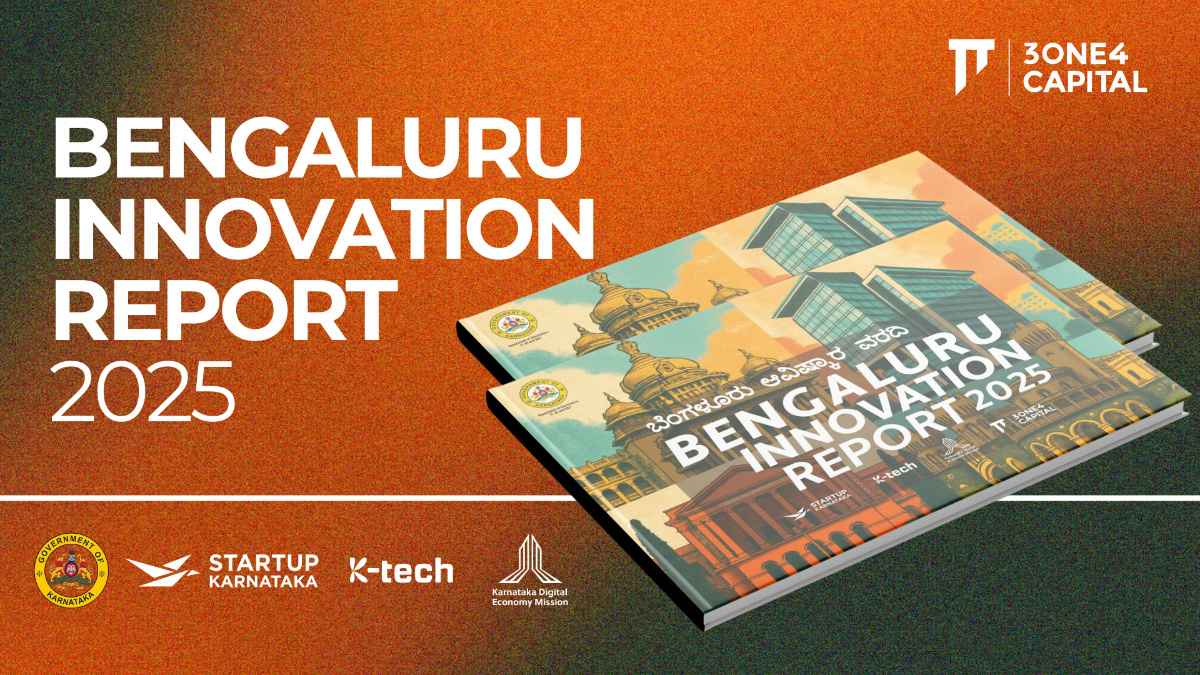
Navigating the Path to Public Market Success
The IPO landscape in India is experiencing an unprecedented surge, with an array of companies striving to make their mark. Recent market data reveals that India has taken the lead, globally, in terms of IPO count during Q1 2023, contributing to over 13% of the global IPO tally. The total funds raised through initial public offerings hit an unprecedented peak in FY22, surpassing INR 1.2 trillion (approximately USD 14 billion). After a subdued performance in 2022, IPO fundraising has regained significant momentum in 2023. This remarkable growth underscores the immense potential and attraction of the Indian public market, attracting both domestic and international investors. Spearheaded by the Securities and Exchange Board of India (SEBI), the Indian regulatory framework has played a pivotal role in fostering transparency and instilling investor confidence in the IPO process.
Given the Indian economy's display of robust recovery and resilience, companies across various sectors are eager to tap into the robust investor appetite through IPOs. However, the IPO journey demands a well-structured and comprehensive approach to achieve success. It necessitates an unwavering commitment to skillfully plan and execute each stage with precision.
3one4 Capital hosted an IPO Readiness Workshop in collaboration with SBI Capital Markets and Khaitan & Co– to guide emerging new-age companies within the 3one4’s portfolio through their IPO journey. The session delved deeply into the intricacies of IPO planning, strategy formulation, and regulatory considerations, imparting valuable insights and strategies to equip participants effectively.

IPO Planning: A Strategic Imperative
The workshop provided a clear outline of the key stages essential for a successful IPO. These stages encompass a timeline of 24-36 months before the public offering, followed by 12-18 months leading up to it, and culminating in the pivotal 6-8 months prior to the anticipated listing.
24-36 Months Ahead of IPO | Laying the groundwork
As the company sets its sights on an IPO, establishing a solid foundation during the early stage can help navigate the complexities of going public. This critical phase involves shaping the organisational framework and strategic decision-making, preparing for the transformation. Key steps include:
- Strategic Alignment: Aligning the management towards a business model that complements the IPO process is essential. Additionally, a dedicated internal IPO project team should be appointed to spearhead the preparations for the IPO. Led by the CFO, the team should comprise representatives from all functional areas of the company.
- Governance and Infrastructure: Establishing robust governance and restructuring cadence, implementing capital market infrastructure, and setting up an independent board to ensure compliance with regulatory requirements and best practices.
- Narrative Curation: Through active engagement with industry peers and experts, the company can gather valuable perspectives that allow it to assess its position in the wider market and in comparison to competitors. Assessing the company's strengths, unique value proposition, and potential challenges helps build a convincing growth story for potential investors.
- Strategic Business Planning: The company can explore alternative funding options to strengthen its financial position before the IPO. Additionally, the Share Purchase Agreement (SPA) should be designed carefully, considering the IPO timelines and requirements.
12-18 Months Ahead of IPO | Charting the course
As the IPO journey gains momentum, a well-defined strategy becomes crucial in unlocking value and maximising market opportunities. During this vital 12-18 months phase, the issuer should focus on the following key elements:
- Enhancing the Business Plan: The IPO process entails comprehensive scrutiny and refinement of every facet of the business plan and essential metrics. Accordingly, the company must establish precise and well-structured timelines for operational, financial, and strategic initiatives. Essential tasks during this phase include involving current stakeholders in exit strategies and meticulously organising a data room to facilitate due diligence.
- Courting Key Stakeholders: Collaboration with external stakeholders, including bankers, lawyers, and other advisors, is paramount. These discussions enable the company to craft a comprehensive IPO roadmap, ensuring all process aspects are carefully considered and aligned with market trends.
- Strategic Timing: The success of an IPO hinges on finding the optimal timing. The company must strategically plan and schedule its public offering, considering the existing market sentiments and potential obstacles or advantages, all aimed at maximising value generation. Thoughtful timing choices can significantly sway investor interest and contribute to the overall triumph.
- Investor Engagement: Proactively engaging with potential investors to seek feedback on the company's positioning and valuation during this phase helps refine the IPO proposition and ensures that investor sentiment is taken into account. Early engagement fosters trust and familiarity between the company and investors, paving the way for lasting relationships in the public market.
6-8 Months Ahead of IPO | Finalising Preparations
In this crucial 6-8 months window, attention to detail ensures the company's readiness for the IPO and secures investor confidence, setting the stage for a successful public offering. Key priority actions during this period include:
Offer Letter Preparation: To meet SEBI's stipulations for the Draft Red Herring Prospectus (DRHP), the company needs to gather all relevant details spanning its inception in order to formulate the Offer Letter. The process of preparing the Offer Letter encompasses the following:
- The DRHP must meticulously disclose key operational and financial metrics that hold significant sway over the offer price, in conjunction with metrics previously communicated to investors within the past 18 months.
- To maintain credibility and compliance, the DRHP should not contain any projections or statements about the company's future performance. As the IPO date approaches, the company is advised to be careful in sharing this information with existing or new investors. Instead, the focus should remain on providing a factual representation of the company's past performance and current standing.
- While forward-looking financial projections are not permissible, qualitative projections offer a valuable means to communicate future prospects. The company can share trend disclosures and narrative insights, providing potential investors with an understanding of the company's strategic direction and the industry landscape it operates within.
- To generate investor interest and confidence, the company has the option to disclose its model to analysts. These financial experts then analyse and interpret the model's findings, enabling them to communicate the company's potential to prospective investors.
The Approval Process and Investor Roadshow: After submission, SEBI typically takes 2-2.5 months to grant approval for the DRHP. During this period, the company has the opportunity to conduct roadshows for investors, sharing its narrative to gauge investor demand and interest.
- Due to the time gap (2-3 months) between DRHP and RHP (Red Herring Prospectus), it is essential to update the offer document. Financials included in the offer document cannot be older than 6 months to ensure accuracy and relevance.
- Once the company obtains approval from SEBI and other exchanges, and garners adequate interest at the appropriate valuation, it proceeds to file the RHP with the ROC for approval, followed by the IPO launch.
The IPO Listing and Allotment: The IPO remains open for a minimum of 3 days, after which the Prospectus is filed with the final details on the number of shares and the issue price. The ROC receives this information, and the allocation of shares takes place. The company then submits an application to the stock exchanges for the listing and trading of the shares.
Further Insights and Considerations for Aspiring IPO Companies
The workshop covered various stages of IPO readiness and also shared additional crucial information that aspiring IPO companies should be mindful of:
- Effective Utilisation of Funds: When it comes to fund utilisation, companies face a balancing act between an offer for sale and a fresh issue. In the case of a fresh issue, the company must make extensive disclosures about how the funds will be utilised. These disclosures cover essential areas such as capital expenditure, debt repayment, working capital, acquisitions, and general corporate purposes. Notably, the allocation for general corporate purposes is limited to 25%, and the remaining 75% must be distributed across all other areas.
- Key Intermediaries: At different stages of the IPO journey several key intermediaries play integral roles. These include Book Running Lead Managers (BRLMs), legal counsels, escrow collection bank/sponsor bank, monitoring agencies, and others. Collaborating effectively with these experts is crucial for ensuring smooth navigation through the complex IPO process and achieving favorable outcomes.
- Promoter Regulations: From a regulatory standpoint, it is essential to comprehend the definition of a promoter and its implications for the corporate structure. An individual or group is deemed a promoter if they exercise control over the company's affairs or management. According to SEBI guidelines, owning 20% of the company qualifies a person or group as a promoter. Conversely, if no one holds 20% of the company, it becomes a no-promoter company, signifying a professionally managed entity without a discernible promoter presence.
Given the potential restrictions associated with having promoters, it is advisable for companies to consider the benefits of a professionally managed approach. Opting for this structure can provide greater flexibility in decision-making and governance, free from the constraints of lock-in requirements that may be imposed on promoters.
3one4 Capital’s IPO Readiness Workshop with SBI Capital Markets and Khaitan & Co. was a valuable resource for companies preparing to go public. The workshop was not only informative, but it also provided a forum for active participation from attendees. Delving deep into the intricacies of IPO readiness, the workshop provided attendees with refined knowledge and strategies to navigate their IPO journeys with certainty.





.webp)









